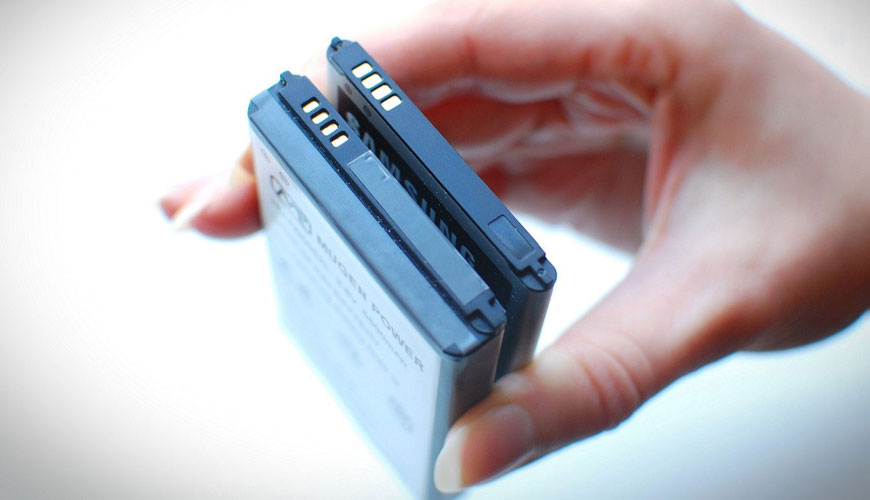

EUROLAB, with its state-of-the-art accredited laboratories and expert team, provides precise and fast testing services within the scope of IEC EN 62485-3 testing. This part of IEC EN 62485 applies, for example, to secondary batteries and battery installations used for electric vehicles. It does not cover the design of electric industrial vehicles (including lift trucks, tow trucks, cleaning machines, automated guided vehicles), battery locomotives, electric vehicles (e.g. freight vehicles, golf carts, bicycles, wheelchairs) and such vehicles.

This International Standard covers lead dioxide-lead (lead-acid), nickel oxide-cadmium, nickel oxide-metal hydride and other alkaline secondary batteries. The safety aspects of secondary lithium batteries in such applications will be addressed in their respective standards.
Nominal voltages are limited to 1000 V AC. and 1500 V DC respectively and in general the basic precautions to protect against hazards from electricity, gaseous emission and electrolyte are described. It provides requirements for safety considerations regarding the installation, use, inspection, maintenance and disposal of batteries.
Measures shall be taken to protect against direct or indirect contact or both direct and indirect contact in accumulators and battery charging facilities. These measures are detailed in IEC EN 60364-4-41 and IEC EN 61140.
If protection against short circuits cannot be provided with overcurrent protection devices due to battery-specific reasons, the connection cables between the charger, the relevant battery fuse and the battery, and between the battery and the vehicle must be protected against short circuits and earth faults.
A new, fully charged battery must have an insulation resistance of at least 1 MΩ when measured between a battery terminal and a metal tray, vehicle frame, or other conductive supporting structure. Where the battery is placed in more than one container, this requirement applies to electrically connected parts, including metal battery containers.
When gas emission is determined experimentally by battery test standards and the value found is lower than that used in this standard, no reduction in ventilation requirements will be accepted. If the experimental gas emission value is higher than the default value in this standard, the ventilation requirements must be adapted, ie increased.
EUROLAB assists manufacturers with IEC EN 62485-3 test compliance. Our test experts, with their professional working mission and principles, provide you, our manufacturers and suppliers, the best service and controlled testing process in our laboratories. Thanks to these services, businesses receive more effective, high-performance and quality testing services and provide safe, fast and uninterrupted service to their customers.
To get an appointment, to get more detailed information or to request an evaluation, you can ask us to fill in our form and reach you.